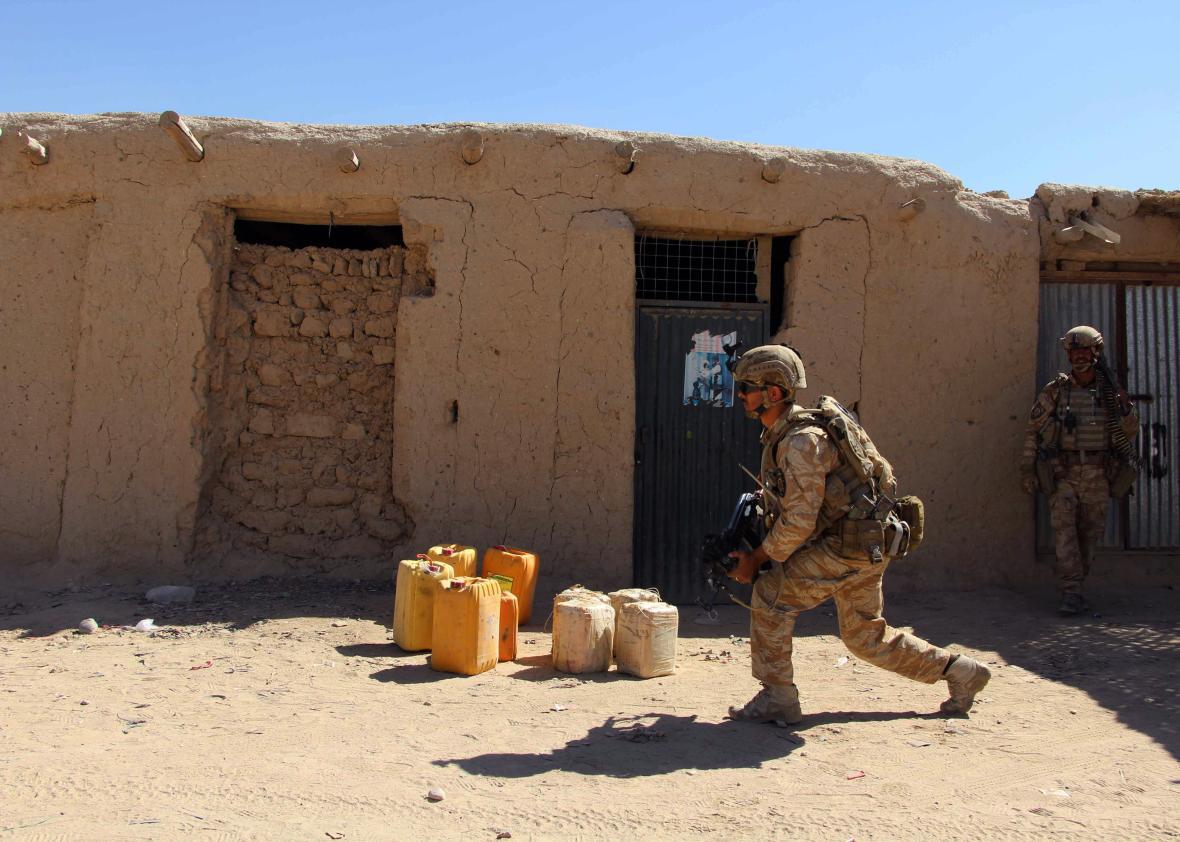The foreign-policy debate in the 2016 presidential election has been dominated by the civil war in Syria, the fight against ISIS in both Syria and Iraq, and the rapidly deteriorating relationship between the United States and Russia. But there’s a very good chance that the most pressing international crisis right off the bat for the next president will involve none of these countries, and instead be the 15-year-old conflict in Afghanistan that the Obama administration tried and failed to move on from.
To be clear, the complicated fight against ISIS in Mosul and across the border in Syria will continue to warrant a lot of attention. But at this point, ISIS’s destruction as a territorial power is probably only a matter of time. The even more complicated civil war between Bashar al-Assad’s regime and anti-government rebels will not abate, but the next president is likely to find that she or he has far less leverage to positively effect the situation there than the campaign debate would indicate. As for Russia, the growing tension between the two powers is likely to be the subtext for much of U.S. foreign policy over the next four to eight years, but outright confrontation is unlikely. In Afghanistan, however, a large number of U.S. troops are already directly involved, a significant amount of political capital has been sunk into state-building, and the whole enterprise looks to be dangerously close to collapse.
The United States formally ended combat operations in Afghanistan at the end of 2014, but fighting has continued, with more U.S. troops fighting there than anywhere else in the world. Under a timetable announced a year ago, the U.S. is keeping 9,800 troops in the country through the end of 2016, part of a 13,000 international force participating in counterterrorism and training missions. Most of those will still be there when President Obama leaves office.
Hopes that Afghan security forces would soon be able to fend for themselves have been utterly dashed. The Taliban retook more territory in 2016 than any year of its 15-year fight against the U.S.-backed Afghan government. According to U.S. data, 33 of the country’s 400 districts are under Taliban control and 116 are now contested. More than 380,000 Afghan civilians have fled their homes this year and Afghanistan remains the second larges country of origin for refugees after Syria.
The U.S. has stepped up airstrikes—more than 700 this year, twice as many as in 2015—to contain both the Taliban and gains by the local affiliate of ISIS, but it’s hard to see how the tide will turn with the number of Afghan troops in uniform continuing to decline through desertions and attrition. The training mission remains a dangerous one for U.S. troops: Two Americans, a service member and a civilian, were killed and three more injured by an Afghan wearing a military uniform at a base near Kabul earlier this month. And while it was recently revealed that the government and the Taliban restarted secret peace talks, with at least some U.S. participation, a political solution to the conflict seems to be a long way off.
Given all these developments, it’s surprising that the country where the largest number of U.S. troops are currently fighting—and sometimes dying—has gotten such short shrift in the election, with no discussion of current conditions in the country in any of the televised debates or most of the media coverage. The war in Afghanistan will almost certainly dominate the agenda of a third U.S. president, if not a fourth.
